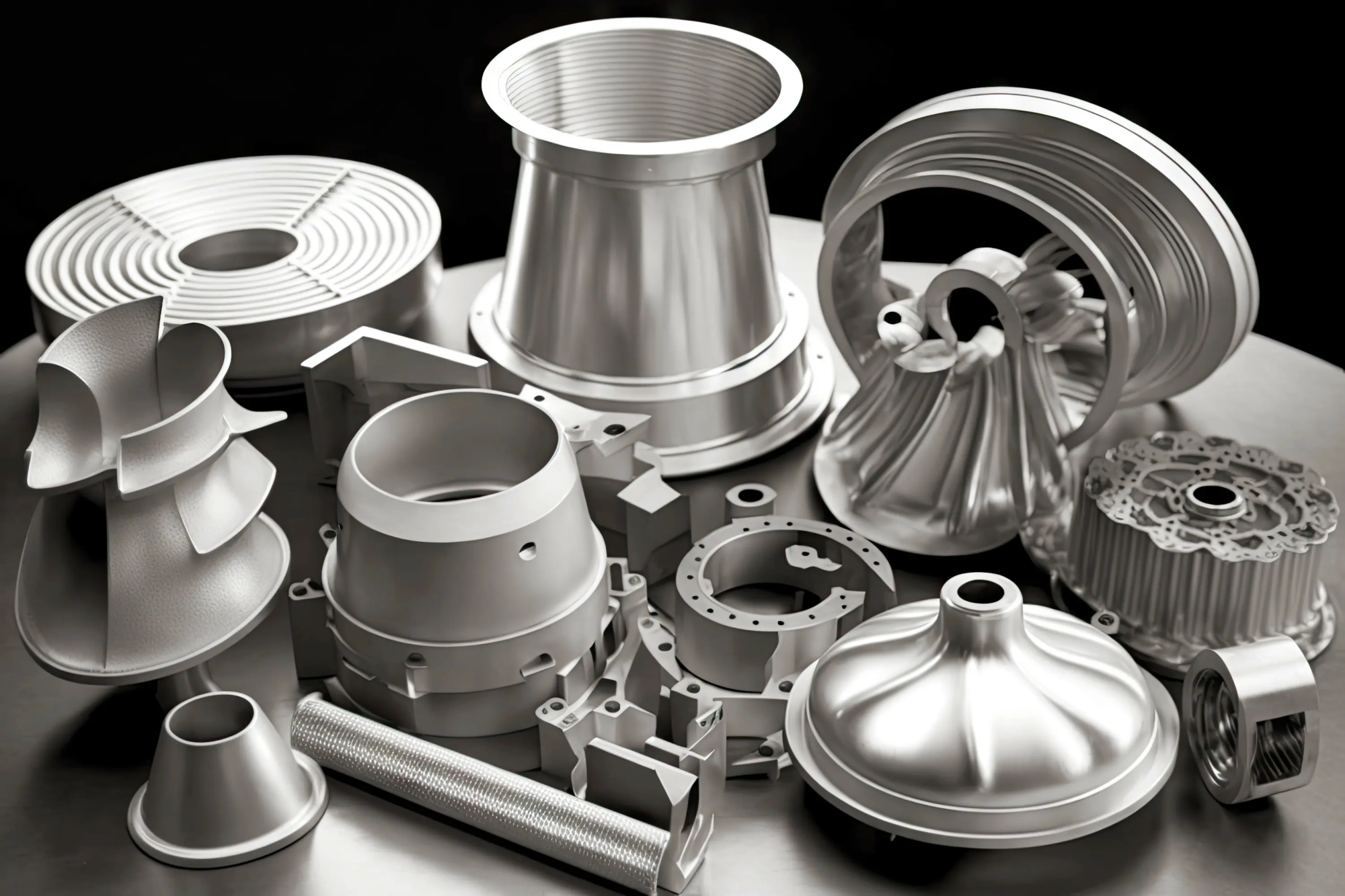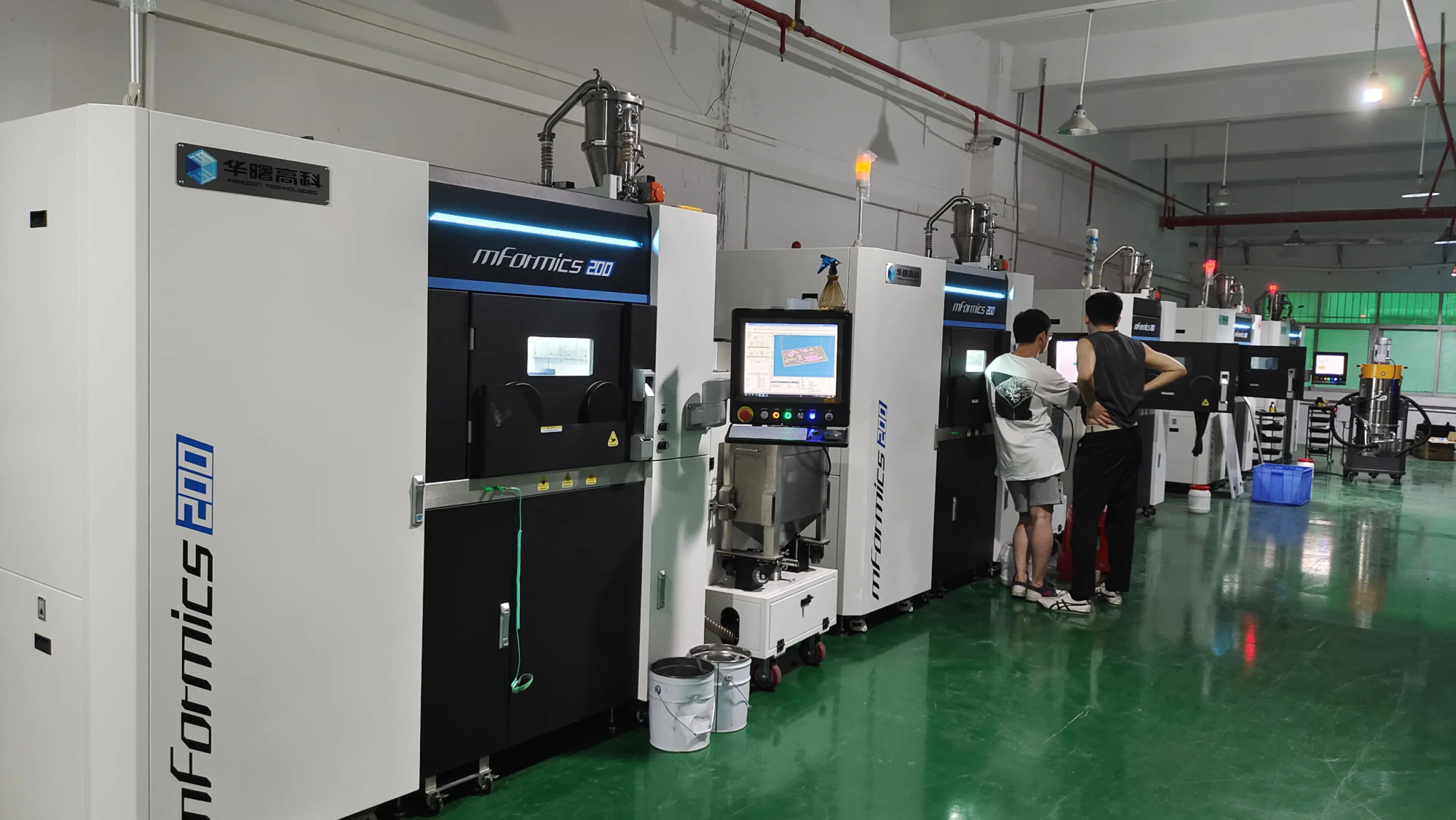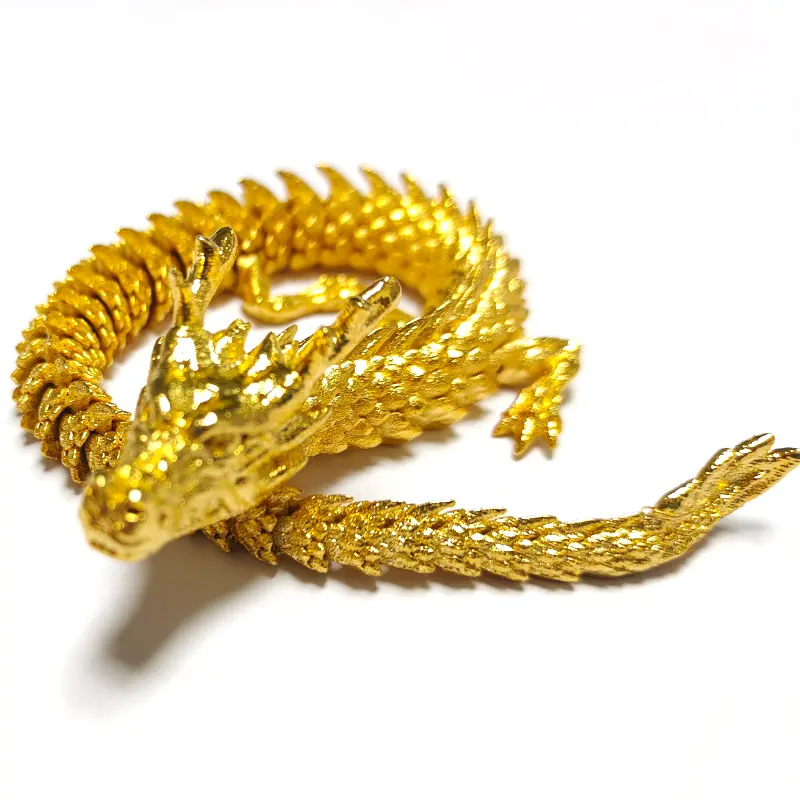In 2013, Empire Bike and Renishaw paved the way for the application of 3D printing technology in the field of bicycle, but what happened next?
The MX-6 EVO of Empire Bicycle, a product that collaborates with the manufacturer of 3D printers Renishaw, has become the first titanium alloy bike in the world entirely in 3D printing. It was made in 2013 and laid the foundations to later become one of the most important technologies in the bicycle production process. That year, the launch of the Hope HB.T Field car won seven Olympic medals for the British team, and this revolutionary car also attracted people’s attention.
Renishaw and Empire Bike Company worked together to optimize the design of the MX-6 EVO tube to accommodate 3D additive printing technology, an improvement that claims to reduce the weight of 33% without sacrificing any strength.
This is not the first time that the Empire has used an innovative manufacturing technology – from 2007, an AP -1 downhill bike in aluminum alloy has already been launched. But the MX-6 EVO has made the brand famous and promoted the development of 3D printing technology in the field of cycling.
A 3D printing miracle that is super era
Additive printing technology means that the parts of the bicycle are made of layers in layers and are “printed” by the RENISHAW AM250 machine.
Initially, Renishaw and Empire Bike Company accepted in 3D to print the bicycle saddle tube, but after having succeeded in experimenting with this part, the two companies decided to try to print the entire framework.
The printing height of this 3D printer is limited to 300 mm, so that the bicycle holder must be printed in segments before being stuck. The frame consists of separate head tubes, upper tubes, shock absorber supports, lower tubes and five lanes, which are linked together using the glue of life. To make the connection sufficiently strong, each part of the frame adopts a mortuary and tenon design, and the smallest sections of the pipe “will slide” in the larger opening and will firmly insert it.
Frame revisions become easy
This production technology was not based on expensive molds used in carbon fiber, or accessories and tools used in the design of the aluminum alloy frame, so that the framework design modifications can be made quickly and at low cost. If the geometry of the bicycle must be updated or personalized according to the needs of a specific cyclist, it is quite possible to adapt without renovating the entire manufacturing process. This perspective is very attractive and the bikes of Atherton resonate deeply with him.
Each model is available in no less than 22 standard sizes – personalized geometry can also be provided if necessary – a large advantage of 3D printed bicycle frames.
The finished product is light and hard
According to Renishaw, 3D printed titanium alloys have higher density than aluminum alloys (4 gram titanium alloy / cubic centimeter, 3 gram aluminum alloy / cube centimeter). At first glance, this means that 3D printed titanium bikes will be heavier than aluminum bikes.
However, thanks to an intelligent design process, using the complex forms that 3D printers can create, any material that does not affect the bicycle resistance can be deleted, and materials can be reduced, which considerably reduces the overall weight, which reduces weight compared to the aluminum alloy frame.
In the MX-6 EVO, Empire and Renishaw project reduced the overall weight of the 2100 gram frame to 1400 grams by modifying welded hoses in 3D printed titanium alloy.
However, the strength of the frame was not weakened. The MX-6 EVO was tested and passed the standard EN 14766 (the Force 1200N goes through 50,000 cycles), but the two brands want to go further. Even when the test has reached the standard six times, the frame has still not damaged, which has shown that the tensile resistance of the titanium alloy was fully qualified.
In addition, the 3D printed titanium alloy material has a density of around 99.7%, which is much higher than the distribution metals used by Empire Cycles before.
Why did he not succeed on the market?
This is difficult to say, but we know that Empire Cycles was dissolved on September 22, 2020, when he was during the Pandemic Covid-19. Although the pandemic is not very likely to be the direct cause of the dissolution of the Empire, the latest update of the brand’s social media was published more than six years ago. Although the brand’s website is still in service, it indicates that there have been disturbing signs of the company’s operations before 2020.
Although there has never been the opportunity to buy a 3D printed empire bike, the brand’s investment in innovative manufacturing technology opens the way to other brands to create their own 3D printed bikes, first of all, robot bikes, now Atherton Bikes, its highly rated models AM.130 and A.150. Other manufacturers, including the Pivot Phoenix DH bicycle prototype and the specialized prototype demo, also use 3D printing to prototyper new models, therefore Empire collaboration with Renishaw is indeed ahead of Times.
Source: Bikeradar Author: Alex Evans





